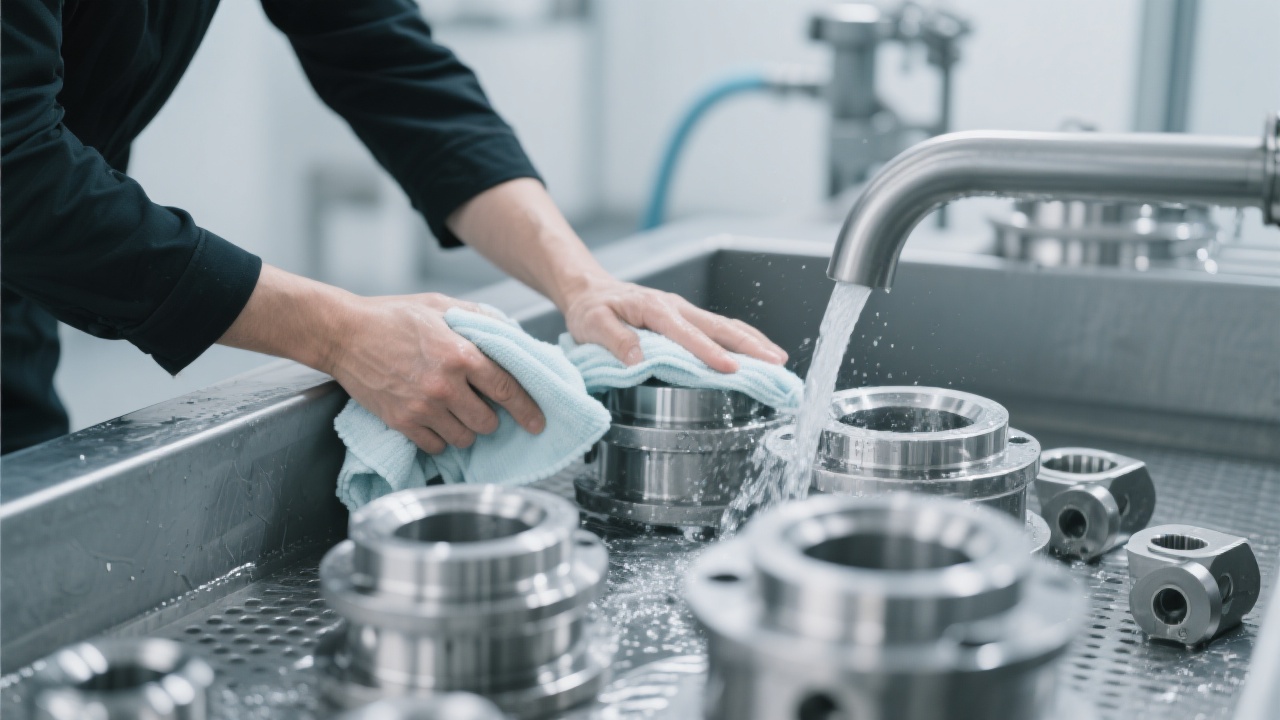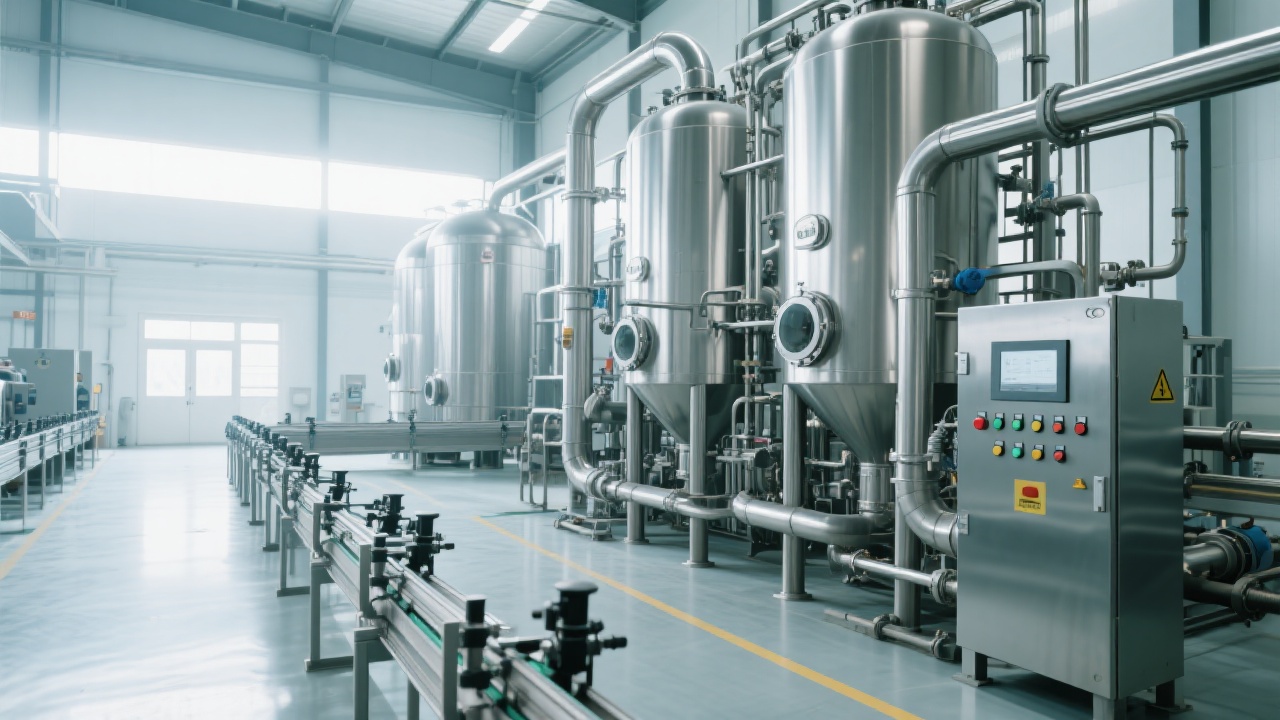
In the production of sunflower seed oil, hot - pressing and cold - pressing are two distinct technologies. Cold - pressing involves pressing sunflower seeds at a relatively low temperature, usually below 60°C. This method retains more of the natural nutrients and flavors of the sunflower seeds, resulting in an oil with a lighter color and milder taste. For example, cold - pressed sunflower oil often has a delicate nutty flavor, which is favored by consumers who pursue natural and healthy food.
On the other hand, hot - pressing requires heating the sunflower seeds to a higher temperature, typically between 100 - 120°C. This process breaks down the cell walls of the seeds more effectively, allowing for a higher oil yield. However, the high temperature may cause some nutrient loss and a darker color of the oil. The hot - pressed oil usually has a stronger and more intense flavor.

The key to the high oil yield of hot - pressing technology lies in its high - temperature treatment. When sunflower seeds are heated to the appropriate temperature range, the oil in the seeds becomes more fluid, and the cell walls are broken down, making it easier for the oil to flow out during the pressing process. According to industry data, the oil yield of hot - pressing can reach 40 - 45%, while the oil yield of cold - pressing is generally around 30 - 35%.
In addition to the high oil yield, hot - pressing also improves production efficiency. The high - temperature treatment shortens the pressing time. For a commercial oil - pressing enterprise, a production line using hot - pressing technology can process about 1 - 2 tons of sunflower seeds per hour, while a cold - pressing production line can only process about 0.5 - 1 ton per hour under the same equipment conditions.
In commercial production, both yield and quality are important indicators. To balance these two aspects, enterprises can adopt a two - step approach. First, use hot - pressing technology for most of the raw materials to ensure a high overall oil yield. Then, for a small portion of the raw materials, use cold - pressing technology to produce high - quality oil.
For example, an oil - pressing factory can allocate 70 - 80% of the sunflower seeds for hot - pressing and 20 - 30% for cold - pressing. The hot - pressed oil can be used for general food processing or sold at a normal price, while the cold - pressed oil can be positioned as a high - end product and sold at a premium price.

A sunflower oil production enterprise in a certain region was facing the problem of low production efficiency and insufficient supply before. After switching to hot - pressing technology, the situation improved significantly. The original daily output was about 10 tons, and after using hot - pressing technology, the daily output increased to 15 - 18 tons, an increase of 50 - 80%.
In terms of cost, although the energy consumption of hot - pressing is higher, the increase in output makes the unit production cost decrease. The original unit production cost was about $50 per ton, and after the transformation, it dropped to about $40 per ton. This not only improved the company's profitability but also enhanced its market competitiveness.
In large - scale commercial production, hot - pressing has obvious advantages. Cold - pressing is more suitable for small - scale production or for producing high - end, niche products due to its low yield and high production cost. In contrast, hot - pressing can meet the large - scale market demand with its high oil yield and high production efficiency.
For a large - scale oil - pressing enterprise with an annual output of over 10,000 tons, if using cold - pressing technology, it would require a large number of production lines and a long production cycle. However, by using hot - pressing technology, the enterprise can achieve the same output with fewer production lines and a shorter cycle, which greatly saves production space and time costs.
| Technology | Oil Yield | Production Efficiency | Suitability |
|---|---|---|---|
| Hot - Pressing | 40 - 45% | 1 - 2 tons per hour | Large - scale production |
| Cold - Pressing | 30 - 35% | 0.5 - 1 ton per hour | Small - scale or high - end production |
When choosing between hot - pressing and cold - pressing equipment, enterprises should first clarify their production goals. If the goal is to meet large - scale market demand and pursue high production efficiency, hot - pressing equipment is the better choice. If the goal is to produce high - quality, high - end oil products, cold - pressing equipment should be considered.
In terms of operation skills, for hot - pressing equipment, it is necessary to strictly control the heating temperature. Over - heating may lead to the loss of more nutrients and affect the oil quality. It is recommended to maintain the temperature between 100 - 120°C. For cold - pressing equipment, it is important to ensure the cleanliness of the raw materials to avoid impurities affecting the flavor of the cold - pressed oil.
Are you still hesitating about which oil - pressing technology to choose for your business? Click here to get more professional advice and customized solutions!

